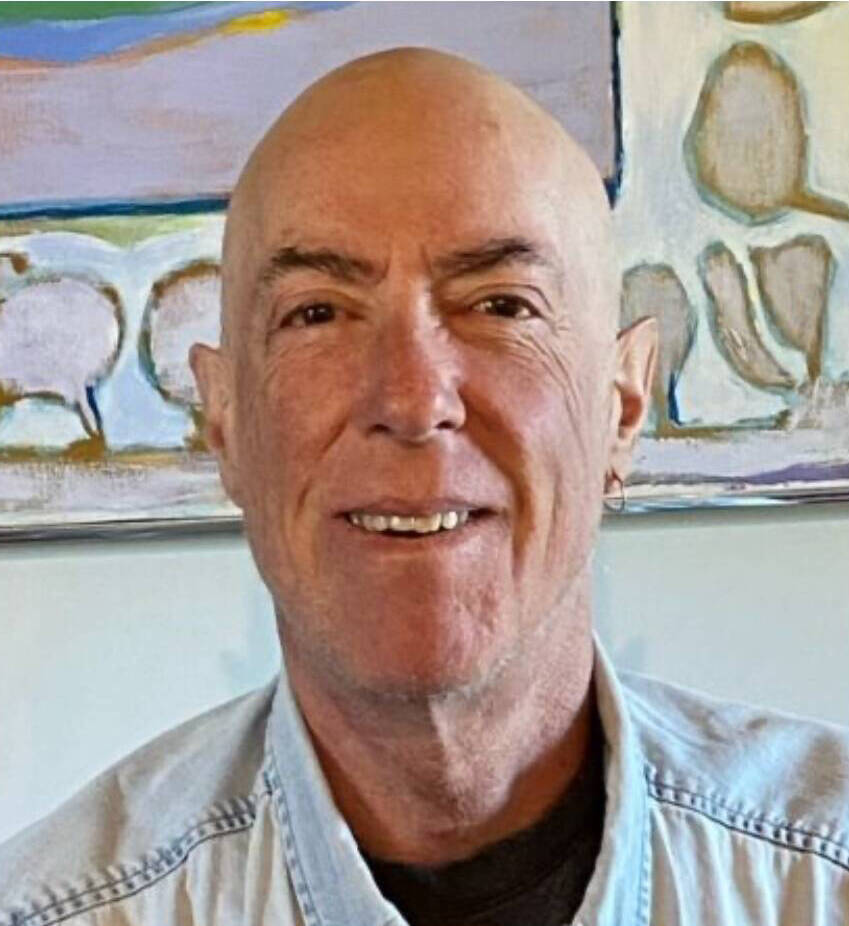When I was a kid, my parents used to take my sister, brother, and me down to our cottage on Cape Cod for the summer.
I remember looking out the car window and memorizing many of the landmarks on the two-hour drive.
One of the things I remember is the tractor that towed a wide mower behind it, driving alongside the highway in front of a cloud of dust.
That mower probably drove all day long to cut the grass, along the road and in the highway’s median strip, and then started up again the next day.
At the time it didn’t strike me that this might be wasteful. This was before Nixon proposed the clean water and clean air acts, both of which passed.
Now, in the 21st century, we have a new understanding of our impact on the planet. The clean air act did not recognize CO2 as a pollutant, one that could actually alter the earth’s atmosphere, but we do now, and we’re scrambling to cut our emissions of this and other greenhouse gasses.
I’ve written in the past about daytime lighting and how it seems like the low-hanging fruit in the energy conservation game.
And yet, I still see lights on everywhere during the day. Electricity production is the number one producer of CO2 and, though many of us are making noble attempts to cut our use of electricity, we still use a lot of it.
But another way we burn fossil fuels — besides in a power plant — is in cars, trucks, planes and, yes, lawnmowers.
On Vashon, we have tractors and lawnmowers that cut the grass in places that maybe don’t really need to be groomed. Like at the Vashon transfer station.
Before it became a transfer station it was a dump. I used to take my trash around to the back of that big hill and just push it out of my pickup truck, then drive away. A big tractor would come over and shove it around until it was sort of buried and then the next truck would back up to the pile.
This went on for years until, of course, there was no more room for our trash: the big hole in the ground became a big hill—with grass growing on top.
Every so often, King County sends a mower over to the transfer station to spend a few hours driving around the hills and surrounding area cutting the grass. Why? So that it looks nice?
Back in the 1960s, my dad would notice laundry drying on clotheslines behind people’s houses, point at the clothes flapping in the wind, and comment how it was unsightly and shouldn’t be there.
Well then, where should it be? In a clothes dryer, of course. Using electricity to do what the sun and wind could do for free. Why? Because it didn’t look nice.
I think we have to change how we see things like long grass and laundry blowing in the breeze.
Clotheslines are the cheapest form of solar energy there is and we all have access to it; we don’t need soar panels or inverters, we just need a rope—and a tolerance for the “unsightly” view of someone’s clothes hanging in their yard.
The same is true of grass. When we see a freshly cut lawn we think how nice it looks.
But what we’re really looking at is the result of several hours of someone running a gas-burning lawn mower (which, unlike cars, is not regulated to produce less pollution) over the land and finishing off with a 2-cycle weed-whacker spewing even more pollution into our air.
Years ago, I decided to cut my grass no more than a few times a year. I also began to shrink the size of my yard so that I would not have to spend so much time running my mower. The way my lawn looked during the time between cuttings was probably not the ideal look that we have all come to expect, but what it represented was an invisible savings of both air and noise pollution — and my own time.
In very dry places like Arizona and California, people have begun to explore alternatives to having a grass lawn in front of their house. Gravel, drought-resistant plants and other creative approaches to traditional lawns have sprouted up in neighborhoods everywhere.
I would like to encourage everyone, everywhere to eschew the notion that a “nicely trimmed lawn” is attractive and instead realize what it really represents: air and noise pollution and climate change.
I remember hearing a slogan introduced in California many years ago to encourage residents in LA to not water their lawns. The slogan was, “Brown is Beautiful.”
Maybe we can make up one to encourage islanders to not cut their grass so often. Something like, “Long is Lovely”?
Scott Durkee is a freelance factotum, artist and winemaker. He lives on Maury Island.



